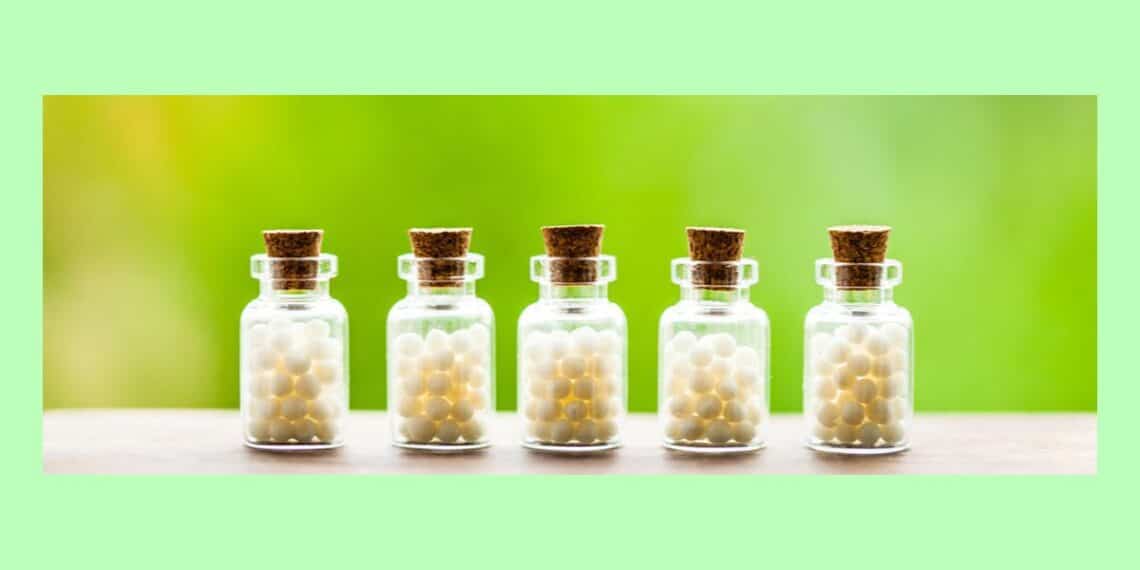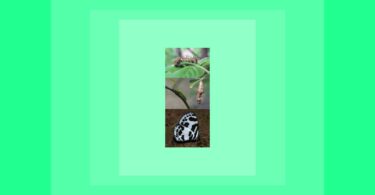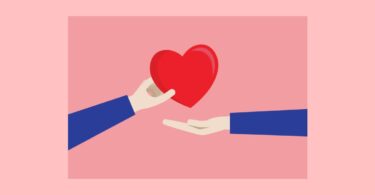There’s a lot of talk in the media, in coffee houses, and on PBS about the mind/body connection–how emotions and thoughts impact the body and how the body can impact emotions and the mind. No surprise there for homeopaths. Yet there’s controversy within the homeopathic professional community (or at least the small sample of homeopaths that I’ve been around), over differing approaches to accessing these connections and, after the connection is made, over which path to follow to the indicated remedy. From some “traditionalists” (people who have identified themselves to me as Hahnemannian, Kentian, classical homeopaths) I hear criticism about the superficiality of how the Sensation Method is used: “Someone walks in with a leopard pattern purse and they get leopard’s milk;” “They always go for the exotic remedy and overlook the ones that have been proven for 200 years;” “I’m sick of hearing about kingdoms. That’s not classical homeopathy.” From some “modernists” (people who have identified themselves to me as Sensation Method, classical homeopaths) I hear “If Hahnemann were alive he’d be using the Sensation Method. He was growing and changing until his death,” “The Sensation Method is classical homeopathy,” “All they (“traditionalists”) know how to do is give polycrests.” In my own education, and in my current practice, I’m finding ways to bridge the divide.
When my classmates and I were in our third year of training at the Florida Academy of Classical Homeopathy (now known as the Academy of Classical Homeopathy) Ann Jerome, the founder and director, recommended a book by Rajan Sankaran called The Spirit of Homeopathy. It articulated a concept of the homeopathic consultation as an avenue of healing in itself, in addition to its purpose of identifying a remedy that would energize the vital force. There was also a spiritual dimension, suggesting that the Organon was more than a doorway to healing and could also be a roadmap to deeper understanding and expression of the source of our energy and of everything we experience. Similar to what Kent advocates, and similar to what I had heard in school already, but the suggestion of a method consciously geared to these goals intrigued me.
I found a school that was teaching the Sensation Method, Inner Health, founded by Melissa Burch. She had formal study and clinical practice in traditional applications of classical homeopathy as well as with Sensation Method practitioners in India. So between classes in Florida I started attending classes and clinics in Massachusetts and Colorado with Inner Health.
What a surprise! Contrary to what I had heard from “traditional” homeopaths outside the Academy up to this time, all the fundamentals of classical homeopathy I had learned at the Academy were present and applied. Single remedy, minimum dose, potentized remedies, chief complaint (what needs to be cured), miasmic influence, treating the person and not the symptoms, totality of symptoms, discernment of disease, knowledge of materia medica, etc. But the case-taking and analysis were different. There was less emphasis on breadth and more on depth. In traditional homeopathy, access to the body/mind connection is gained through a series of questions that focus on the “totality of symptoms” as represented by the location, character, modalities, and etiology of each symptom. Symptoms are classified as mental/emotional, physical, or general and weighed according to their individualizing character (what is unique to the individual, rather than what is common to the diagnosis). Themes may be identified that span the mental, physical, and general. Miasms (predispositions) are discerned through the individualizing symptoms to perceive a miasmic profile of the needed remedy. A repertory is then used to translate the individualizing symptoms into rubrics. Remedies are differentiated in light of the case analysis. There is a logic in the case taking and analysis that reminds me of mathematics in its structure, reliable and concrete. Using this process I have seen deep healing occur and people’s lives changed profoundly for the better.
“Modern” homeopathy (Sensation Method) accesses the body/mind connection primarily through variations of a single question: “How do you experience that in your body?” The client is initially asked to provide a “laundry list” of complaints, and then to select the issue that they most want to change. The assumption is that the symptom that the client determines is most important to them is the entry point into finding the client’s “vital expression,” which will surface in different areas of the client’s life and will lead to the client describing characteristics of the remedy that they need. If homeopathy is treating the person and not the disease, any complaint has the potential to lead us to the body/mind connection, and the client’s choice represents a potential investment of energy that can facilitate the process. The client is asked to describe everything about their experience of that complaint in their body. The homeopath listens and encourages the client to explore their experience by repeating back the client’s own words. This mirroring creates a path for the client’s own deepening awareness, as they describe with increasing clarity their meeting with their inner self, their own reflection. What is revealed is a journey, an experience that is familiar to the patient, one that often makes no sense to our everyday sensibilities. It is kept hidden where it doesn’t intrude on our consciousness, except perhaps in times of great physical illness, emotional pain, or deliberate spiritual seeking. It is where our mind, feelings, body and spirit meet. It is a place, alive and simultaneously dynamic, of names, facts, emotions, delusions, and sensations. It’s where energy exists that recognizes its interconnection with the natural world, and where our awareness approaches the source of our very breath. The client experiences their underlying state as they speak. The energy changes audibly, viscerally, in the room. They describe, and often behaviorally express, the energy and qualities of the remedy they need that matches their own energy and qualities. “Like cures like.” No translation by the practitioner is needed.
In the Buddhist conceptualization of this experience, the client has entered prajna consciousness, recognizing their body/mind/spirit unity in reflection of the natural world. Rubrics, materia medica, and miasm are then used to differentiate between remedies with similar characteristics within the remedy kingdom and family described by the client, and to confirm that the selected remedy matches the mental/physical/general symptoms specified on the laundry list and the experience described by the client. I have been privileged to be present as clients describe the characteristics of the remedy that their pain or spiritual yearning calls for, that is needed to nourish, energize, or open. There is imagery in the case-taking and analysis, perhaps artistic in nature that is reliable and concrete. Using this process I have seen deep healing occur and people’s lives changed profoundly for the better.
I’ve since graduated from the Florida Academy of Classical Homeopathy and completed 176 hours of Sensation Method clinics and training through Inner Health and 150 hours of advanced practitioner training at the Catalyst School of Homeopathy. Christopher Beaver and Melissa are the co-founders of the Catalyst School, and its curriculum combines Homeopathy (esp the Sensation Method), Buddhism (to strengthen and expand the practitioner’s self-awareness and self-care, with thanks to Lama Tsultrim Allione), and Shamanism (to teach homeopaths to hold the energy for clients while they bring to consciousness their body/mind/spirit experience, with thanks to Dawn Eagle Woman). I continue to learn to listen patiently, minimizing my own projection or ego (Hahnemann’s unprejudiced observer; Buddhism’s release of attachment), with an ear to hear another person’s innate wisdom. I take with me the foundation that Ann Jerome and the Academy gave to me of Hahnemann’s brilliance and the healing truths embodied in traditional homeopathy. To Hahnemann’s Organon and Chronic Diseases I turn for security and insight not only in what to “do,” but why to do it. Vithoulkas steadies my hand when case management appears shaky, with Kent, Roberts and Sankaran close by. The repertories (Complete 2008, Murphy’s, and Synthesis) are ready to confirm or question what I think the client has shown me. Hahnemann, Heudens-Mast and Sankaran work with me to hear and see the miasms. Vermeulen, Morrison, Boericke, and Kent are touchstones of materia medica standing with Sankaran, Scholten, and Hollings as I differentiate remedies within kingdoms and families. When, for whatever reason, I am unsure of the remedy with my Sensation Method analysis, or I feel better able to serve the client with traditional caretaking, I have the knowledge and skills to use traditional tools to find the needed remedy. And finding the remedy to help the person heal, to “cure,” is what it’s all about.
With the support of the Academy and the Catalyst School, my role has evolved from striving to be an “expert,” to learning to be a safe container, a witness to a person’s healing journey that includes identifying the needed constitutional remedy, but goes far beyond that. Hahnemann’s Buddha has given me the honor of participating in the homeopathic relationship as a sacred process, rather than as a prescribing event. The consultations have become yoga, experiences that open my heart chakra, combining clarity with compassion. The holding of the energy for another person is gradually becoming more fluid, less effortful. Case analysis has transformed from a primarily intellectual exercise to observation of a phenomenon that is more self-evident than interpretive. It’s also becoming less intense, quicker, more repeatedly accurate, and more enjoyable. I trust the process, secure in knowing that “skillful means” includes my receptivity to the client’s wisdom and to the insights released for both of us by the process itself. Clients are reporting with increasing frequency that their healing begins with our initial consultation, before they take the remedy, and accelerates with the remedy. My practice is growing, homeopathically and personally.
Harmonizing traditional classical homeopathy and the Sensation Method is natural when we recognize that both are classical homeopathy and that they inform each other in an interplay of insight and technique, logic and imagery, mathematics and art. If there’s anything homeopathy has taught me, it’s that individualization isn’t a strategy, its reality. Individualization doesn’t mean separateness; it just means that there are infinite possibilities.
In the controversy within our homeopathic community, rather than “either/or,” “my way or the highway,” “one source, one path,” instead let’s try “either/and,” “my way and the highway,” “one source, infinite paths” (maybe infinite sources). It’s where Buddha comes in. Non-duality. Traditional and Sensation methods? No problem. Academy of Classical Homeopathy and the Catalyst School? Works for me. The form of homeopathy I use to serve humanity is the one that resonates with my own body/mind/spirit unity. Infinite possibilities.





DR.Karen Berson,I admire the way or path you have taken the paths to become a healer,using Homeopathy as the base and Body-Mind-Spirit as the path to heal.Yes,Buddha says”Go Within An Know For Yourself The Truth”.I admire how you have intergrated all this and use Homeopathy as a healing agent.As you have gone through the various schools to intergrate your healing knowledge,you would the best person to share your interagated knowledge with the less privileged like me.I have this theory that each of us has a coded-vibration(just like the codes seen on an item we buy in the supermarket).When in illness this coded-vibration goes haywire causing to experience the symptoms.To put our out-of-balance coded-vibration in order by the healing-freqency-vibration Homeopathy remedy(as I believe that Homeopathy is an Energy/Vibration healing agent)it will lead to healing(while the allopaths,like me are treaters,not healers–we can never heal,only supress the symotoms.P/S I am a medical doctor,medical Acupuncturist and an aspiring Homeopath.I brushed with Homeopathy in 1969 when I was a Medical student,and again in 1994,a 3 year study taught by a visiting Prof.from India.)But my mentalset up took the easy way–practicing the easy allopathic medicine,and even lessof the good Acupuncture which is also Vibrational medicine.I have a feeling you must be guessing what my Homeopathy remeady is.My Medical colleague,who studied Homeopathy with me in 1994,who is now a full time Homeopath(through away all her allopathic medicines)–put me on Casinosin(LM potency).My main problem is I undertake aproject with great enthisuism,taking all the trouble,and finally drop everything or continuing with half interest,as if something is blocking me.Even my dream is like that–say I will be travelling some where and lead to a path that goes on narrowing or leads to the edge of a deep lake or sea or a broken fly-over road—-just like all my project are falling into a deep ditch.I would appreciate a remedy you can suggest.I all practice Qi Kong(6 years)and Kriya Yoga–my teacher comes from US.I realy admire the long path you took to become a great healer and Buddha’s spirituality as a healing guide.
With Great Reguards,
Dr.Subhassh
So nice Dr.Mirjana zivanov..ur work is execellence in homeopathy and useful to all….its a great God bless you